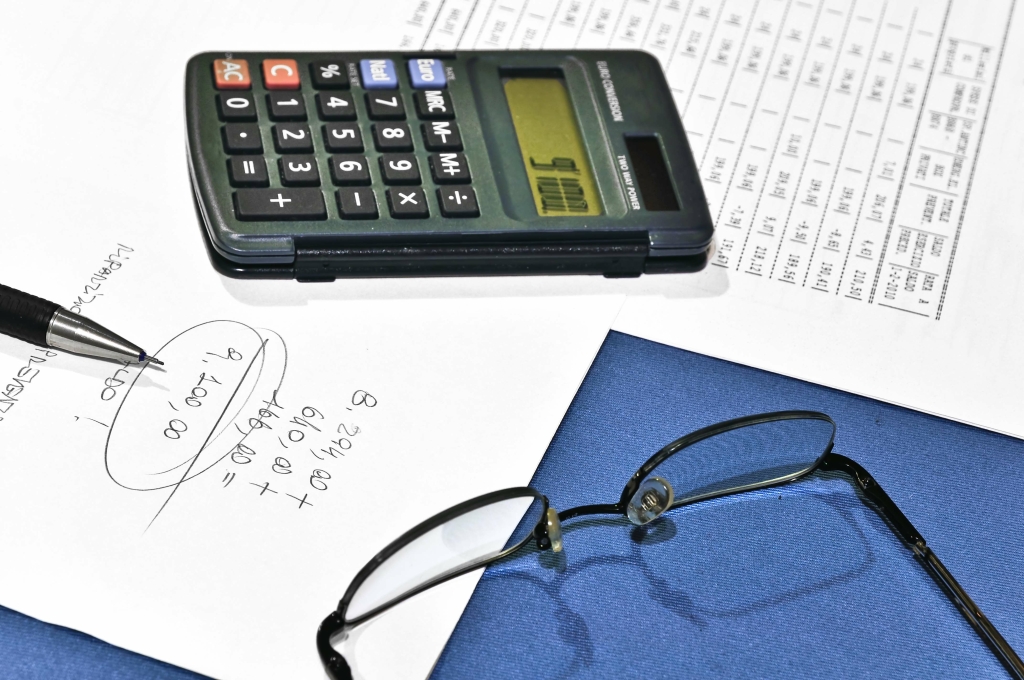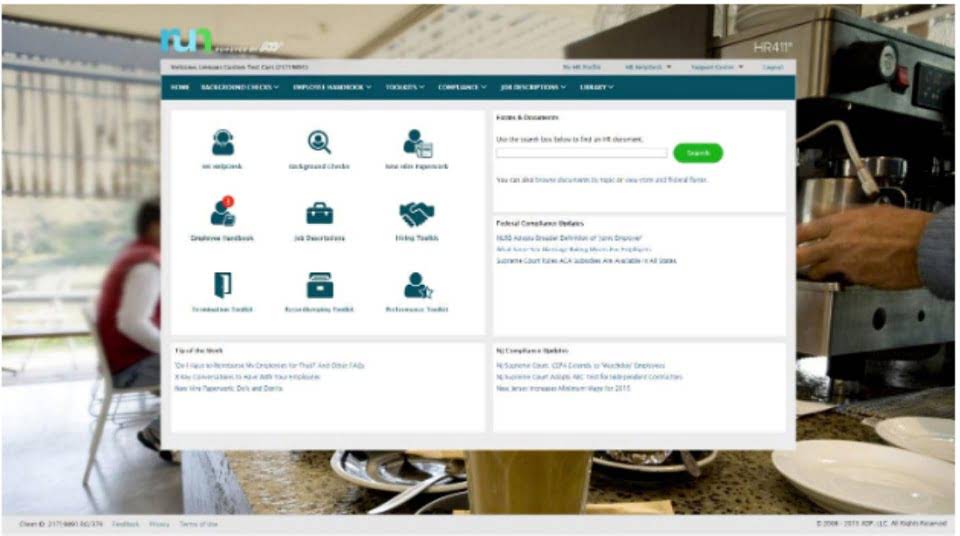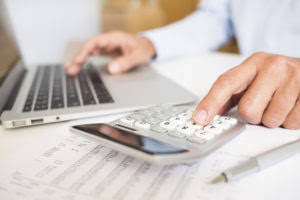- (316) 555-0116
- info@la-studioweb.com
- 4517 Washington Ave. Manchester, Kentucky 39495
Double-Declining Balance DDB Depreciation Method Definition With Formula

DDB is best used for assets that lose value quickly and generate more revenue in their early years, such as vehicles, computers, and technology equipment. This method aligns depreciation expense with the asset’s higher productivity and faster obsolescence in the initial period. Leveraging AI in accounting allows businesses to focus on strategic decision-making, reduce errors, and enhance overall financial management. By integrating AI, companies can ensure precise and efficient handling of their asset depreciation, ultimately improving their financial operations.
Costs of Goods Sold Journal Entry: How to Accurately Record COGS in Your Books
The double declining balance method of depreciation reports higher depreciation charges in earlier years than in later years. The higher depreciation in earlier years matches the fixed asset’s ability to perform at optimum efficiency, while lower depreciation in later years matches higher maintenance costs. It’s ideal to have accounting software that can calculate depreciation automatically. By following these steps, you can accurately calculate the depreciation expense for each year of the asset’s useful life under the double declining balance method.
Offset the Maintenance Costs
However, the total amount of depreciation expense during the life of the assets will be the same. The double declining balance method is considered accelerated because it recognizes higher depreciation expense double declining balance method in the early years of an asset’s life. By applying double the straight-line depreciation rate to the asset’s book value each year, DDB reduces taxable income initially. Accelerated depreciation is any method of depreciation used for accounting or income tax purposes that allows greater depreciation expenses in the early years of the life of an asset. Accelerated depreciation methods, such as double declining balance (DDB), means there will be higher depreciation expenses in the first few years and lower expenses as the asset ages. This is unlike the straight-line depreciation method, which spreads the cost evenly over the life of an asset.
What is Double Declining Balance Depreciation?

The carrying value of an asset decreases more quickly in its earlier years under the straight line depreciation compared to the double-declining method. Filing an annual tax return is an important obligation for every business owner. To create a depreciation schedule, plot out the depreciation amount each year for the entire recovery period of an asset. You get more money back in tax write-offs early on, which can help offset the cost of buying an asset.
- Taxfyle connects you to a licensed CPA or EA who can take time-consuming bookkeeping work off your hands.
- First, determine the asset’s initial cost, its estimated salvage value at the end of its useful life, and its useful life span.
- The double declining balance method (DDB) describes an approach to accounting for the depreciation of fixed assets where the depreciation expense is greater in the initial years of the asset’s assumed useful life.
- This approach is reasonable when the utility of an asset is being consumed at a more rapid rate during the early part of its useful life.
- This method is simpler and more conservative in its approach, as it does not account for the front-loaded wear and tear that some assets may experience.
- The amount of final year depreciation will equal the difference between the book value of the laptop at the start of the accounting period ($218.75) and the asset’s salvage value ($200).
With a more secure, easy-to-use platform and an average Pro experience of 12 years, there’s no beating Taxfyle. Accountingo.org aims to provide the best accounting and finance education for students, professionals, teachers, and business owners. It is important to note that we apply the depreciation rate on the full cost rather than the depreciable cost (cost minus salvage value). Therefore, it is more suited to depreciating assets with a higher degree of wear and tear, usage, or contra asset account loss of value earlier in their lives. We take monthly bookkeeping off your plate and deliver you your financial statements by the 15th or 20th of each month. Businesses choose to use the Double Declining Balance Method when they want to accurately reflect the asset’s wear and tear pattern over time.

How to calculate DDB depreciation

That’s why depreciation expense is lower in the later years because of the fixed asset’s decreased efficiency and high maintenance cost. The most basic type of depreciation is the straight line depreciation method. So, if an asset cost $1,000, you might write off $100 every year for 10 years. This section gives an insight into why some companies would not want to have a double declining balance method as an https://www.bookstime.com/ option to depreciate their assets. Most resources decrease in value over the long haul and may require a significant measure of support expenses to keep resources in reasonable use in later years.
Do you own a business?
Our editorial team independently evaluates products based on thousands of hours of research. This method takes most of the depreciation charges upfront, in the early years, lowering profits on the income statement sooner rather than later. Because twice the straight-line rate is generally used, this method is often referred to as double-declining balance depreciation.
- ! Без рубрики
- "mostbet Brasil: Guia De Apostas Completo – 182
- "mostbet Euro 2024 Critique And Tips – 979
- +btoct
- 1
- 10000_ru
- 1win uzbekistan
- 2
- 7430_tr
- 8040_ru
- 8800_ru
- 8900_ru
- 8900_ru2
- 8930_ru
- 9080_ru
- 9150-2_ru
- 9185_ru
- 9200_ru
- 9200_ru2
- 9270_ru
- 9300_ru
- 9330_ru
- 9400_ru
- 9460_ru
- 9500_2ru
- 9500_3ru
- 9560_ru
- 9620_ru
- 9750_ru
- 9820_ru
- abilify
- adderall
- AI News
- ai-bit-invest.com
- ai-bit-invest.org
- anticoagulantia
- Apostas Em Brasil X Estados Unidos Nas Olimpíadas 2024 – 943
- Arts & Entertainment, Music
- Best Mnf Betting Promotions & Bonuses: Get $6000+ For Jets-bills Monday Night Basketball Odds – 546
- Bet Hip Hop Honours 2024 Highlights Gamble Hip Hop Honours 2024 Video Playlist Bet Hiphop Awards – 621
- bhnov
- bhoct
- blog
- Blog Oficial Brasil Login 30 Rodadas Grátis – 742
- Bookkeeping
- btbtnov
- Carabao Cup Predictions, Betting Tips & Greatest Bets – 962
- casino
- casino-game
- casino-online
- chnov
- Como Sacar Na Slottica Boas Vindas Generoso – 248
- Coral Gold Mug Betting: Top 2023 Coral Gold Cup Odds And Tips – 206
- Cosmetic
- cosmetology school toronto
- credito
- Cryptocurrency service
- Declare Your Own Nice Welcome Bonus At Ozwin Casino! – 355
- Delightful To Ozwin Find Out The Particular Greatest Neosurf Additional Bonuses – 773
- done 240244
- dytyna.blog
- ed
- fi
- FinTech
- Forex Trading
- g
- Get Your Mind And Your Coronary Heart Into The Online Game Using The Mostbet App – 386
- gewichtsverlies
- Hard Mountain Bet Virginia Promo Code: Bet $5, Get $100 – 858
- Health & Fitness, Beauty
- Health and Lifestyle
- ironwallet: Crypto Btc Wallet On The Particular App Store – 880
- it
- IT Education
- IT Vacancies
- IT Вакансії
- IT Образование
- ivermectine
- jugabet
- levitra
- MBnov
- mostbet
- Mostbet Added Bonus Code: Pick Way Up The Most Effective Promo Just Before You Sign Up – 567
- Mostbet App Not Necessarily Working 2024 Attempt These Simple Fixes – 618
- Mostbet Casino Pa October 2024 – 428
- Mostbet Cheltenham Betting Offers: Bet £10, Find £30 Day One – 25
- Mostbet Élite: Le Tableau Des Transferts De La Saison 2024-2025 – 766
- Mostbet Mobil Türkçe Indir Mostbet Apk Telefonunuzda Mostbet Uygulama Mostbet Android Os Ve Iphone – 329
- Mostbet Promo Signal For Nfl Bets Offers $200 Benefit Or $1k First-bet For Bengals Compared To Giants – 507
- Mostbet Russia
- Najlepsze zakłady
- neon-seo-academy
- New
- New Blog
- News
- nl
- online-casino
- Ozwin Casino 2021 20+25+50 Free Spins No Deposit Bonus – 780
- Ozwin No Deposit Bonus Codes May 2021 Log In Promotions World – 200
- Ozwin Online Casino Reception Play Pokies, Table Video Games, Video Clip Online Poker – 986
- pbnov
- pboct
- Place Your Bets – 669
- porn
- potency
- profit-spike.com
- profit-spike.org
- PU_aug
- punov
- rbnov
- ritalin
- rybelsus
- se
- seo
- shining crown RO
- Slottica 50 Free Spins Nos Seus – 545
- Slottica Casino Au Best Casino Sites In India – 743
- Slottica Casino Jogos Ao Vivo, Excitante Slots E Vários Bônus – 317
- Slottica Casino Play Online Seção De Perguntas Frequentes – 568
- Slottica Opinie Best Bonus Casino Sign Up – 311
- Sober living
- Software development
- stock wave ai
- stockwaveai
- stromectol
- Uncategorized
- waterfrontsouthport.co.uk
- Week 7 Nfl Person Prop Bets: Finest Player Props To Bet From Connor Allen – 256
- Writing & Speaking, Writing
- ебар
- Новосибирск
- Финтех
- Форекс Брокеры
- Форекс обучение
- おすすめのリアルマネーカジノ
© 2023 The Ladies Lounge. DESIGNED BY LookAtMeMarketing









